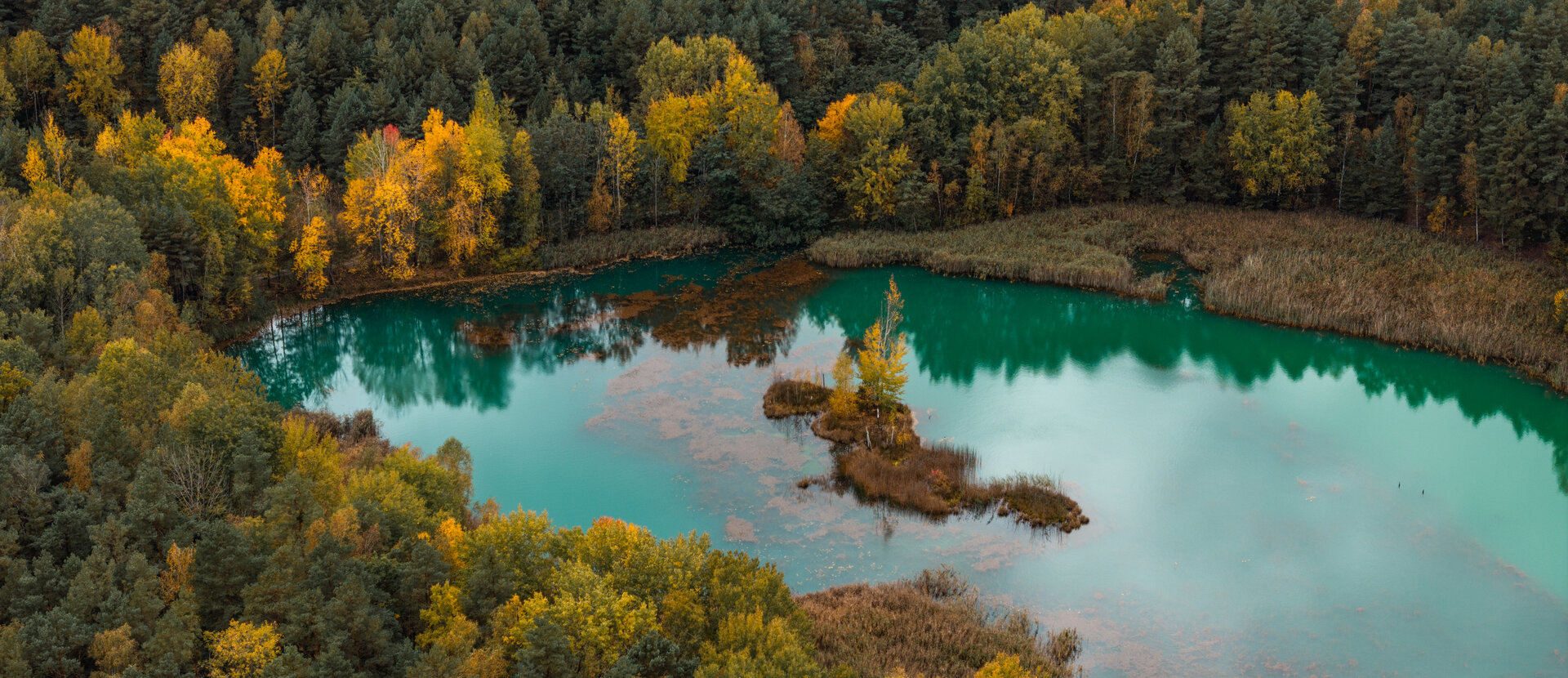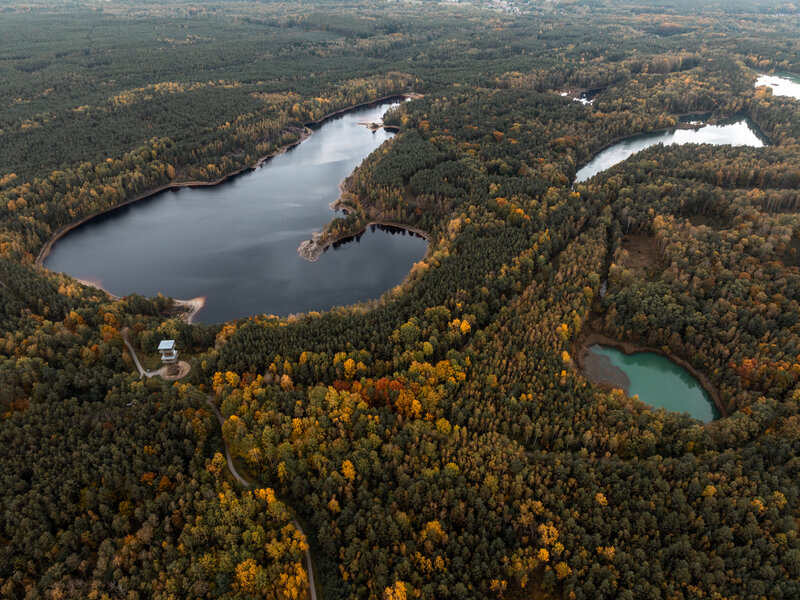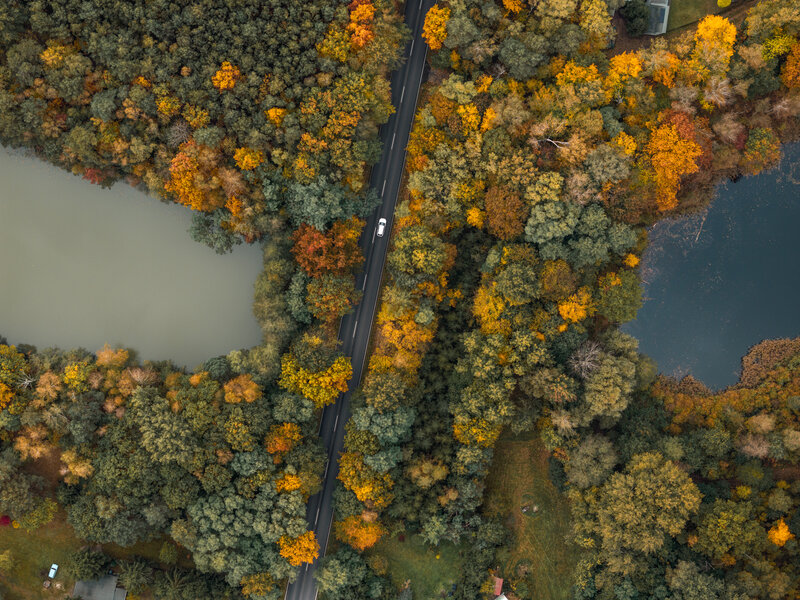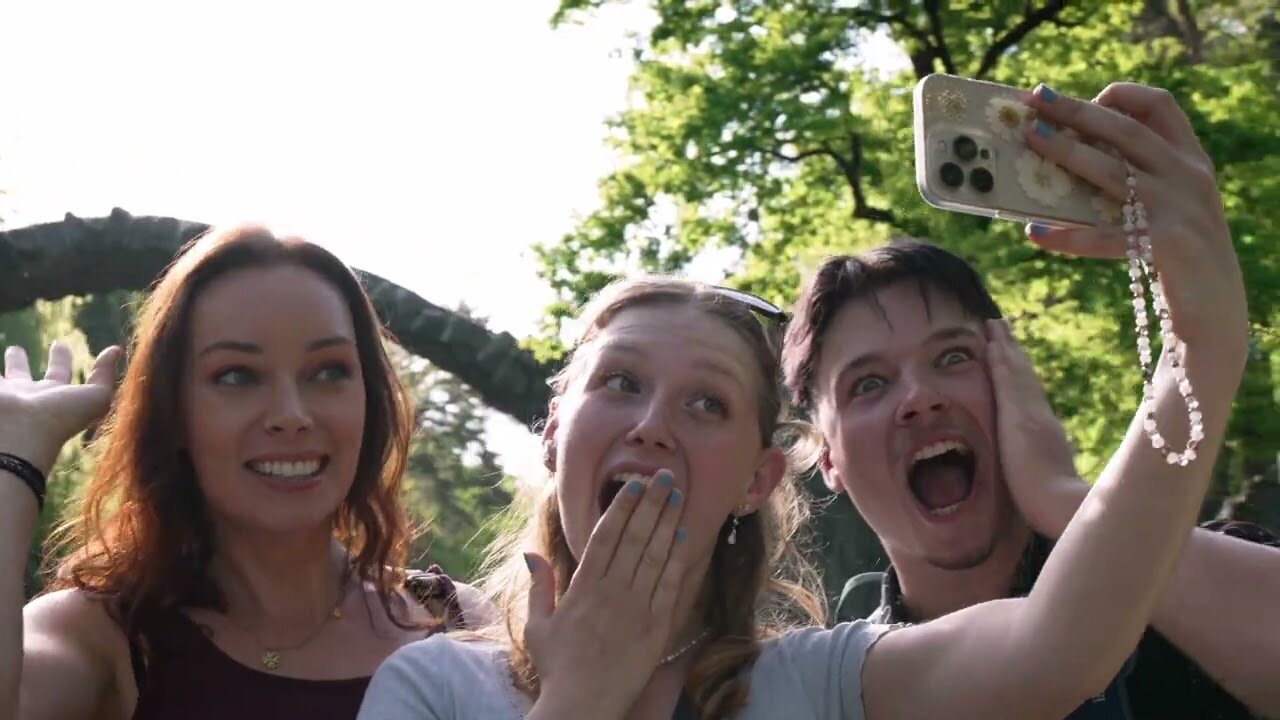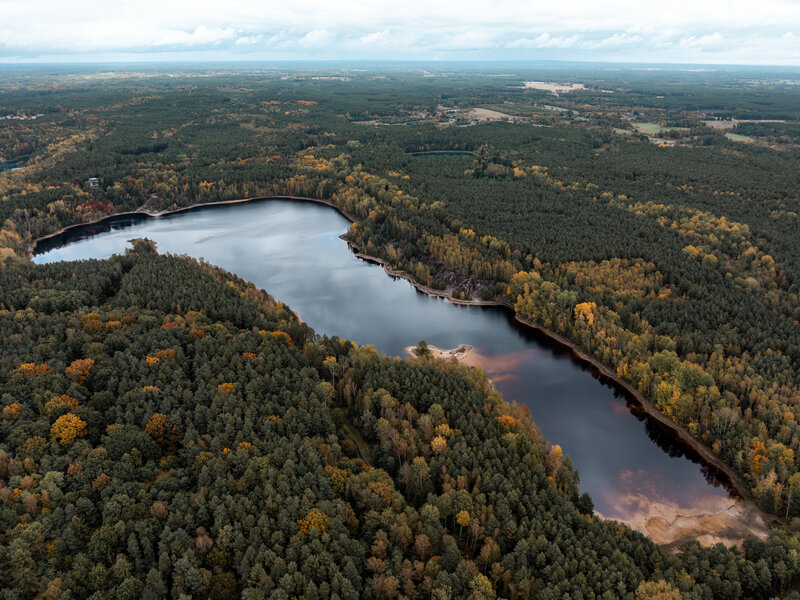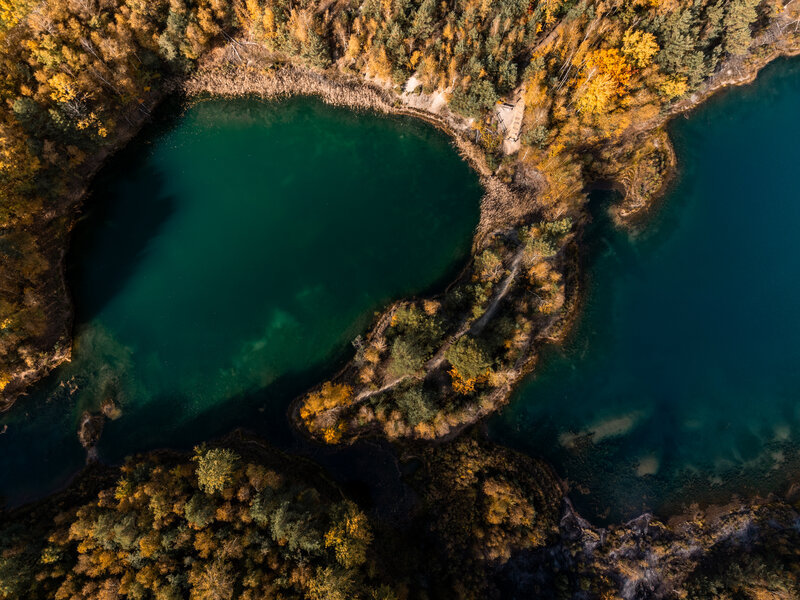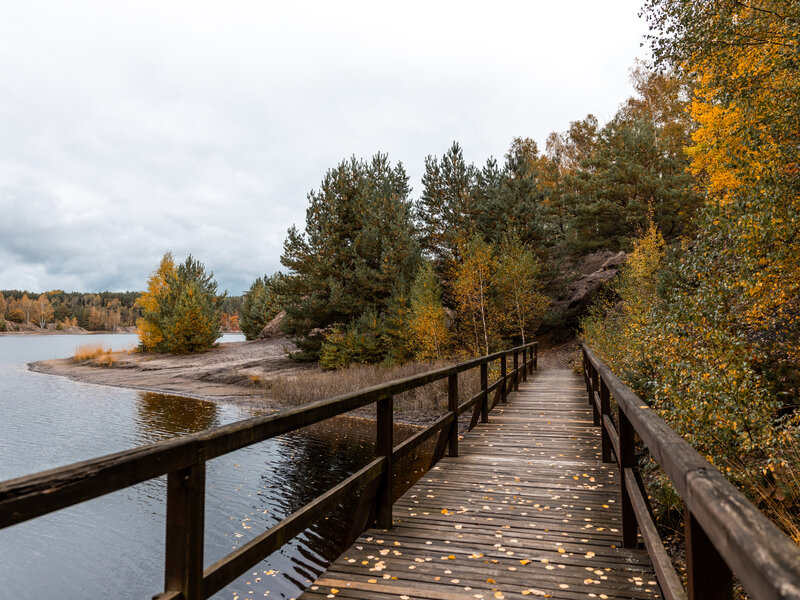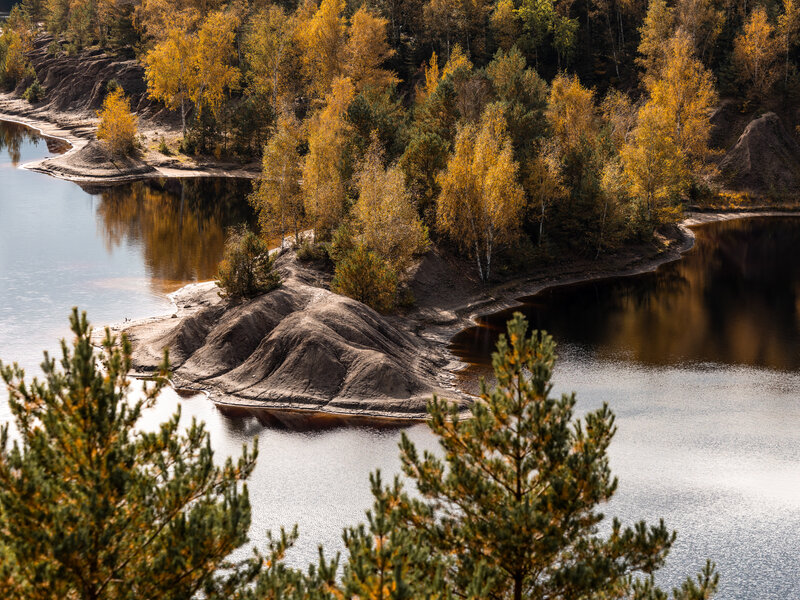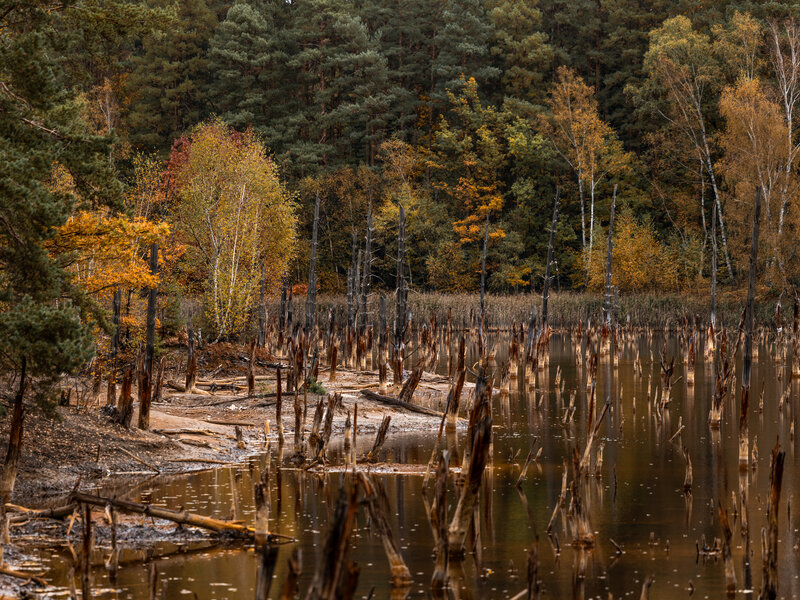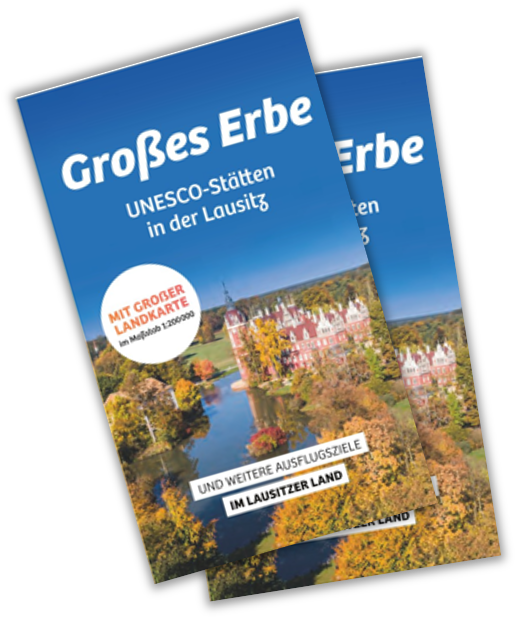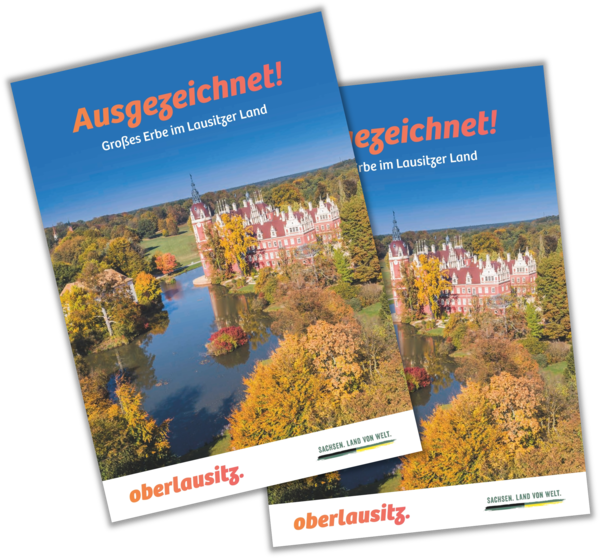Cultural landscape - ClipQuest.Lauistz 2025
Five young creatives, three days, one impressive clip.
ClipQuest.Lausitz celebrated its premiere in Upper Lusatia this year. Young filmmakers explored the region and captured their impressions in creative, expressive short films. Each perspective as individual as the teams themselves.
Team 1 - "Cultural Landscape"
This team shows: Upper Lusatia - cool, young, lively and full of the spirit of discovery. With cinematic flair and a lot of passion, three friends have staged two unique places: the UNESCO World Heritage Site Muskauer Park / Park Mużakowski
and the UNESCO Global Geopark Muskauer Faltenbogen / Łuk Mużakowa
The result: a captivating clip that makes you want more.
Adventure, friendship, nature and culture - you can feel the lightness and charm of the region here.
A film that shows: Lusatia is ready for new perspectives. And for new visitors.
What you must have seen in the Faltenbogen
The Muskau Arch has been recognized by UNESCO as a Global Geopark since 2015. What makes it so special is the interplay between the natural forces of the Ice Age and the human influence of mining. The German-Polish Global Geopark Muskauer Faltenbogen/ Łuk Mużakowa is the cradle of lignite mining in Lusatia. At times, over 60 mines were active at the same time. It was only with the emergence of large open-cast mines that the Muskauer Faltenbogen lost its importance and man withdrew, leaving the mines to nature. Today, relics of these times are omnipresent: natural valleys and hundreds of narrow mining lakes that shimmer in all colors. Particularly worth seeing is the Babina mine on the Polish side of the Folded Arch and the Devil's Stone, the largest boulder in the Folded Arch, with clearly visible notches from the devil's claws. The yellow brick houses, which can only be found in the Folded Arch, are also remarkable, as their bricks were fired from the local bottle clay. From the observation tower at Felixsee you have a great view of the unique landscape.
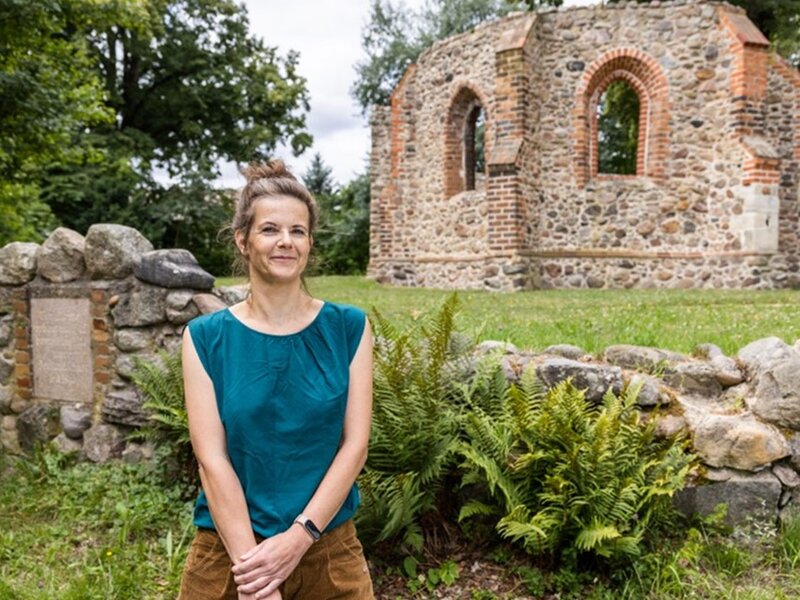
The beauty of Lusatia lies not only above but also below ground - this becomes clear when you talk to Nancy Sauer, Director of the UNESCO Global Geopark Muskauer Faltenbogen / Łuk Mużakowa. In any case, what happens underground has an influence on the appearance and shape above ground.
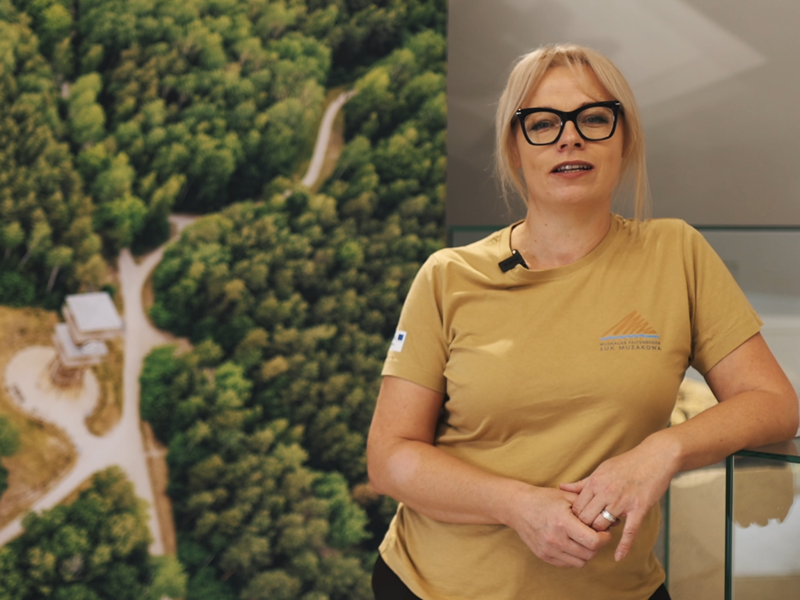
For me, the UNESCO Global Geopark is first and foremost a unique place. It is an area that is famous above all for its multicultural heritage, which is reflected in the architecture, history and culture of the place - says Agnieszka Janowska, Head of the Cultural and Educational Center of the UNESCO Global Geopark Muskauer Faltenbogen/ Łuk Mużakowa in Łęknica, Poland,

